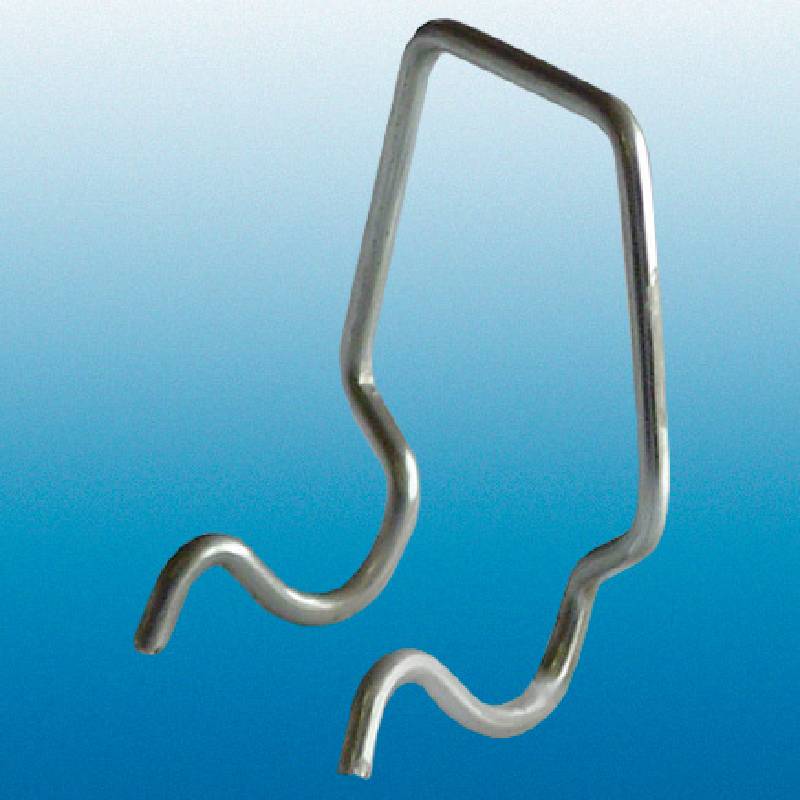
- Mobile Phone
- +8613931874955
- sales@cntcmetal.com
Using Metal Mesh with Stucco for Enhanced Durability and Aesthetic Appeal
The Role of Stucco and Metal Mesh in Modern Construction
In the ever-evolving world of construction and building materials, stucco has earned its place as a timeless and versatile façade option. Combining aesthetics with durability, stucco not only enhances the appearance of buildings but also offers substantial insulation and protection against the elements. A crucial aspect of modern stucco applications is the use of metal mesh, which serves as both a structural and functional component. This article delves into the significance of stucco and metal mesh in contemporary construction practices.
Stucco, traditionally composed of cement, sand, and lime, has a long history dating back to ancient civilizations. Its popularity in modern architecture can be attributed to its adaptability and wide range of finishes and colors. The application of stucco provides a seamless, monolithic appearance, making it an appealing choice for residential homes as well as commercial buildings. Its ability to be molded and textured allows architects and designers to create unique visual effects, ensuring that each building can maintain its individuality while fitting into the broader aesthetic of its environment.
The Role of Stucco and Metal Mesh in Modern Construction
When stucco is applied to a wall without adequate reinforcement, it can be prone to cracking and delamination, especially in areas with high moisture or weather fluctuations. The installation of metal mesh helps mitigate these issues. By distributing stress more evenly across the stucco layer and providing a strong bond with the underlying substrate, the mesh minimizes the risk of surface damage, ensuring longevity and reducing maintenance costs for property owners.
stucco metal mesh

Moreover, metal mesh enhances the overall safety of stucco applications. In the case of fire incidents, stucco can act as a barrier to flames, and when reinforced with metal mesh, this protective quality is further elevated. The mesh helps to maintain the integrity of the stucco in extreme conditions, enabling it to perform better as a fire-resistant material.
The combination of stucco and metal mesh also plays a significant role in energy efficiency. Stucco serves as a thermal barrier, helping to regulate indoor temperatures and reduce energy consumption. When used in conjunction with proper insulation and a well-designed building envelope, the overall energy performance of a structure can be significantly enhanced, leading to reduced utility costs and a smaller carbon footprint.
In addition to the technical advantages, the aesthetic appeal of stucco continues to attract homeowners and developers alike. The variety of textures and colors available — from smooth finishes to rough, block-like appearances — allows for creativity in design. This versatility makes stucco an efficient option for various architectural styles, from Mediterranean to modern minimalist.
In conclusion, the integration of metal mesh within stucco applications marks a significant advancement in building practices. This combination not only enhances structural integrity and safety but also contributes to energy efficiency and aesthetic appeal. As architects and builders continue to explore innovative materials and methods, the synergy between stucco and metal mesh will likely remain a prominent choice in the quest for durable and beautiful building solutions. With its rich history and modern adaptations, stucco reinforced with metal mesh stands as a testament to the evolving nature of construction, where tradition meets innovation.
share:
-
Yard Sign Stakes: Reliable Guardians of Outdoor SignsNewsAug.04,2025
-
Wall Ties: Invisible Guardians of Building StabilityNewsAug.04,2025
-
Resilient Web: The Super Guardian Power of Concrete MeshNewsAug.04,2025
-
Masonry Accessories: A versatile assistant on building foundationsNewsAug.04,2025
-
Iron Binding Wire: the 'invisible reinforcement specialist' in the fields of architecture and industryNewsAug.04,2025
-
Dynamic Spring: The diverse functions and excellent performance of Wire Tension SpringNewsAug.04,2025
-
Your Source for Concrete Wall Ties and Masonry AccessoriesNewsJul.10,2025



















